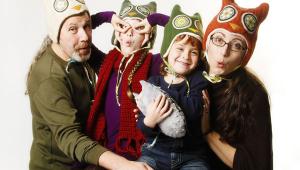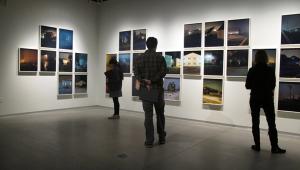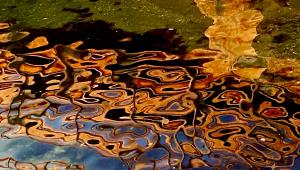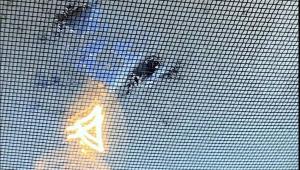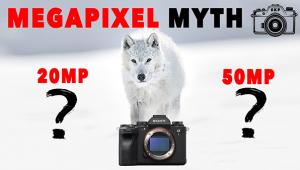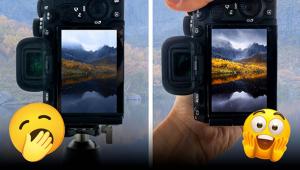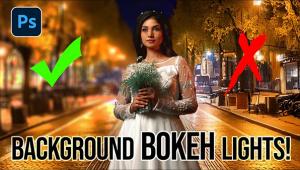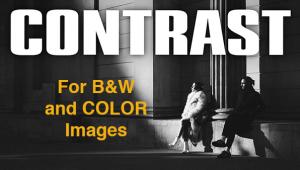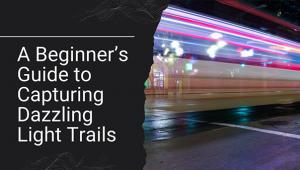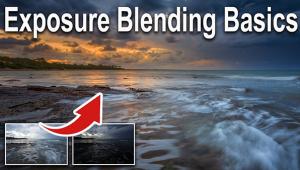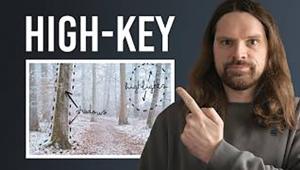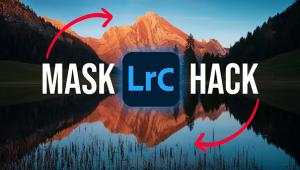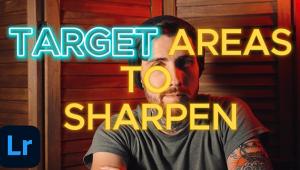The Photo Art Market; Adding Income While Sharing Your Personal Vision Page 2
I look at magazines, published work and can track down the clients from something they are doing that reaches out and moves me. I respond to potential clients especially when what they are doing matches up with my mood and style at the moment. Since that is always changing, I find different clients and projects all the time.
"Bamboo Dream," The Big Island,
Hawaii |
|
 |
|
|
Most important for me is to make connections since it is so difficult to be
aggressive selling my own work. Then, one connection leads to the next and brings
me work. My new photo book Drum Circle, published by Nazraeli Press (www.nazraeli.com),
came from a photo show for a gallery where I met the publisher. That kicked
off a chain of contacts and e-mails that eventually brought me the book project.
Allan Bruce Zee: The Business Journal is one of our most used
sources for corporate art sales leads. We subscribe to them (every city has
one) because they indicate how companies are doing and who is expanding. We
also work closely with most interior designers and architectural firms in town
where we get early news about projects and artwork for the interiors. We use
the term "artwork" rather than lead off with "photography"
so the client does not use possible preconceptions about photography to dismiss
working with us. We encourage them to see the work first.
The American Hospital Association has a mailing list we can purchase but I typically
find that most large corporations and hospitals want to work with either art
consultants or architectural/interior design firms to handle large-scale art
programs. Once I have work purchased by a client in a certain geographic region,
I can Google that region for hospitals or corporations and try to get a foot
in the door by mentioning the purchase by another local medical facility or
corporation.
Carnton Plantation, Tennessee |
|
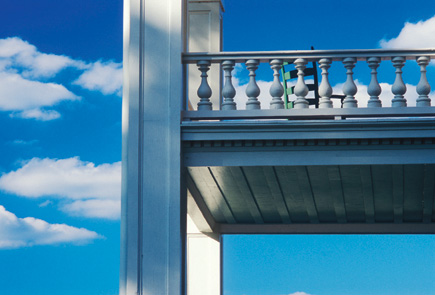 |
|
|
By and large, my emphasis has been to cultivate long-term relationships with
art consultants who will be an ongoing resource for me.
One point I want to make here--persistent and consistent contact is very
important in corporate fine art sales. I have had experiences of being in contact
with facilities managers or art committees for over 10 years before a sale was
forthcoming--in one instance the sale was for 42 pieces, the other was
for 56.
SB: What works best for portfolio and promotional materials?
Jesse Diamond: I use inkjet prints and have them bound together
by a professional bookbinder. I also work with a graphic designer to create
a general presentation theme around the selected photographs. About once a year
I'll invest in a new promotional booklet. I like to think of these as
mini-portfolios, so the same designer and I will create the look based on the
larger portfolios. For my website (and it is essential these days) I find that
simple design and easy navigation works best. You have such a short attention
span--maybe 5-10 seconds--to get a client to stay on your site. I
do "face-lifts" on my site every six months or so. I also think
that to get people to remember and recognize you, it is important that design
elements (color, font) cross over from promotional materials to your website.
Susan Baraz: I have seen nicely presented boxes with inkjet
prints that are placed in mattes and mounted. Use the beautiful inkjet papers
available now. The matte boards must be in a uniform size presentation. The
images can be any size within this standardized matte board. I have also seen
the use of beautifully-bound little books. Many online sites now make it so
easy to self-publish. They look great and seem very professional. A little mini-book
brochure-type pamphlet of your images that can be given away of 4-6 images works
well.
Take your time to make something outstanding--you are not producing these
in volume. The most important thing is to be sure there is a similar theme or
vision. All work must be images that tell the same story.
Allan Bruce Zee: My website is a terrific tool for perspective
clients to see my work or for an art consultant to use with their clients. When
a web link isn't used, I can send out tear sheets from previous advertising
in the Guild Artist Resource Directory publication (www.guildsourcebooks.com).
The Guild publishes wonderful directories for fine art buyers such as interior
designers and art consultants. You must be juried to get into the publication.
I have been selected to be an advertiser for four consecutive years and got
great responses and clients I am still working with. It's expensive to
advertise, so when I found I had saturated that audience, I discontinued the
advertising purchase. But I may re-enlist down the road. I print up photo cards
for shows and announcements which I send to my direct mail list. I am now converting
as much as possible to e-mail announcements.
To show my imagery, I can provide a variety of materials depending upon how
the client likes to work. I try to let the client determine what samples might
be most helpful for them to get to represent my work.
Author's note: In researching this growing market for
photographers I have come across several additional resources to the ones named
earlier. Here is a partial list of these references:
· www.artmarketing.com
for books on fine art marketing and buying art buyer mailing lists
· www.writersdigest.com
for 2008 Photographer's Market book
· Fine Art Photography: Creating Beautiful Images for Sale and Display
by Terry Hope
· Successful Fine Art Photography: How to Market Your Art Photography
by Harold Davis
- Log in or register to post comments






